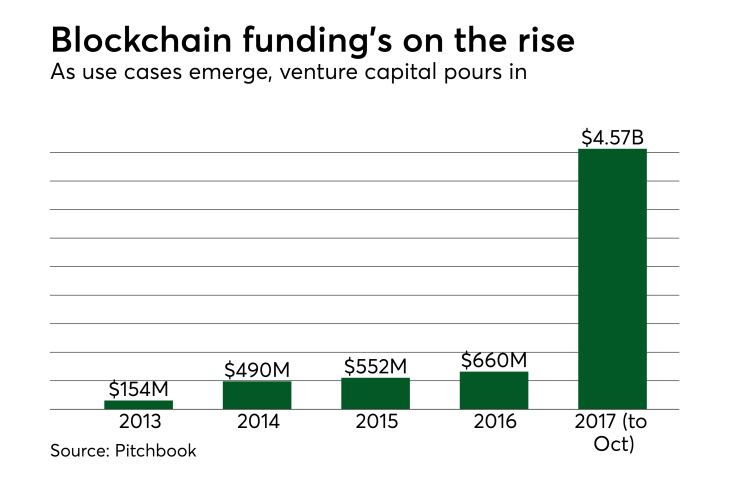Every 10 years or so, a technology comes along that shows so much promise that it creates boundless opportunities for developers. Everything from Linux in 1991 to the internet boom in the early 2000s to today’s blockchain.
Developers who understand blockchain and get curious about all of its potential uses can both support their organization’s digital transformation, as well as forge a new, lucrative career path for themselves.
Blockchain works by recording the history of transactions, or asset transfers, in a cryptographically linked chain of blocks of transactions, blockchain. The cryptographic linking assures that the data in the chain cannot be tampered, because doing so would invalidate the blocks appended to it. A process known as consensus ensures that every participating node in the blockchain has the same set of blocks, and also ensures that history cannot be rewritten. Hence, the blockchain fosters trust, transparency and accountability for sharing information throughout the network.

Take, for example, the following use cases that are being explored by many early adopters:
Payments (interbank): Financial institutions process hundreds of thousands of interbank payments per day on behalf of their clients. Today, these payment transactions occur over multiple networks such as the Fedwire, CHIPS and ACH.
Microlending: Small, unsecured loans that are issued by individuals or microfinance institutions (MFIs) rather than banks.
Custody: The holding of securities and other assets on behalf of a customer. This is done to maintain the security and ownership of these assets, and can be maintained in either physical or digital copies. Additional services may be applied in the custodial agreement, such as administration, dividend collection and interest payment, tax support, etc. Fees are charged based upon services rendered and the size of the custodial holdings.
There are some tips to become well versed in one of the most lucrative areas of technology today. As a developer, remember that you are not alone. Collaboration is key when it comes to open source because, you can meet and interact with other blockchain developers to help solve complex, real world problems that will propel your professional success.
As a developer looking for a deeper understanding of how blockchain applies to business, don’t start with an empty plate when you are building a blockchain application, use code to begin.
When it comes to developing a rule within your professional network, blockchain composer allows you to ideate and work with business partners in a much quicker way. For example, you can create a blockchain app to display and interact with a network through a web interface.





